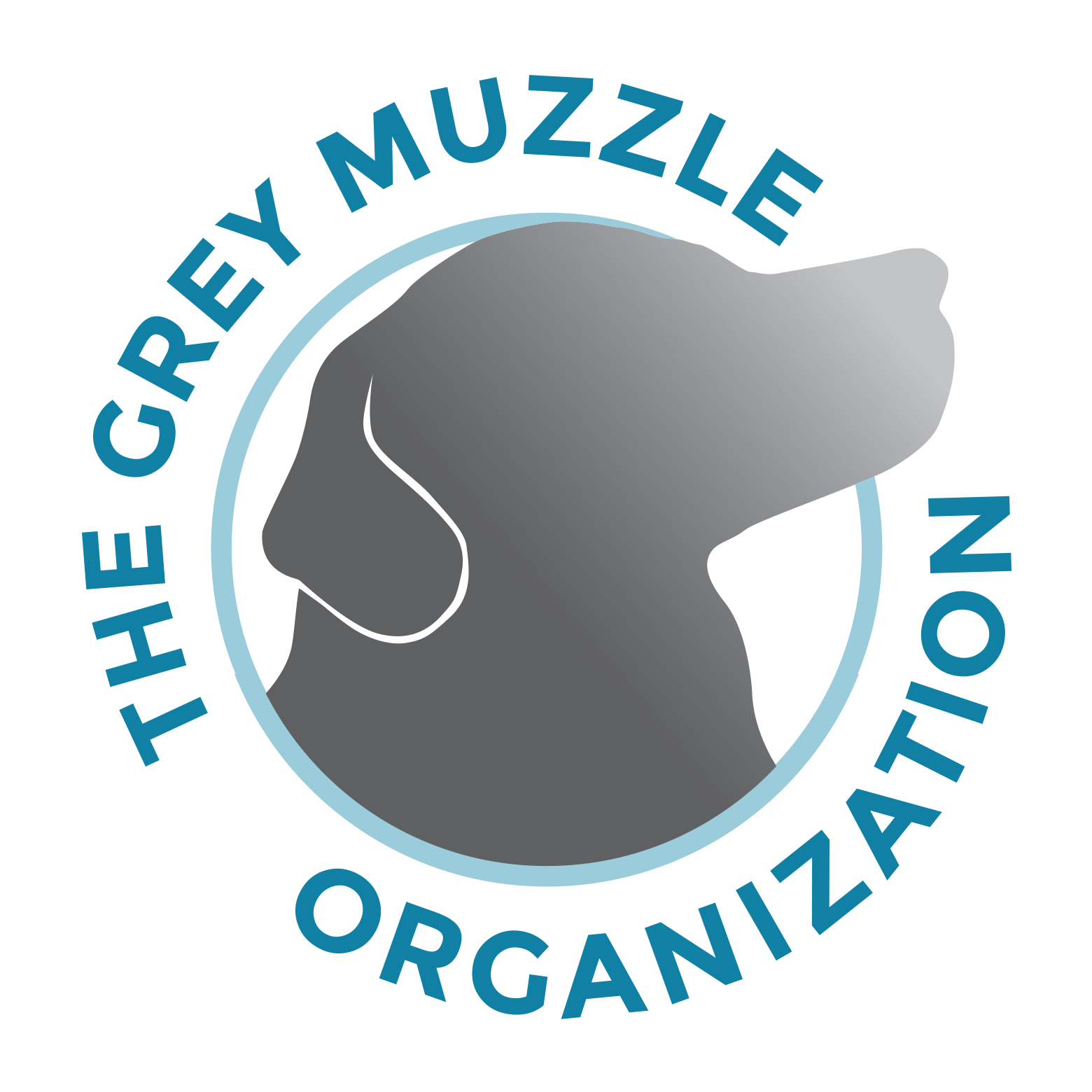Saying A Dog's Name Once: The Science Behind a Dog's Name
Editor's Note: This is a guest post on the Grey Matters Blog and not written by anyone affiliated with Grey Muzzle. We allow guest contributors from time to time in order to provide our supporters with a wide range of topics pertaining to senior dogs.
Why do we name our dogs?
Seems a bit of an odd question doesn’t it. But when we try to answer it, we struggle to come up with an answer any more detailed than, “so they come back when I call!”
What do you use your own name for?
Identification mostly. Imagine the confusion in a waiting room without names!
This also applies to dogs. We use a dog’s name to identify them, in the Veterinarians office, in the grooming salon, in daycare; and to get them to come back to us in the park.
So, if their name is actually a vitally important part of their life (like ours), why do we sometimes have dogs that appear to have no concept of their name?
The Science Behind a Dog’s Name
The reality is, these dogs did once understand their name, but for some reason, along the way, it turned into a poisoned cue.
What we mean by this, is that for something that should be associated with good, it’s now associated with bad, so the dog chooses to ignore it.
This may have been because they were called to be yelled at, or punished, or simply, their name was called and called without anything ever happening!
When we praise a dog, the reward centre in their brain fires up. Like humans – when we eat that piece of chocolate or are told we’ve done a good job.
Quick test – tell a dog, he or she is a good dog.
How did you say it? You likely intonated it. So, you changed your tone of voice as you said it. You likely said it quite high pitched and jovial.
This is crucial. Studies have shown that dogs use different parts of their brains for praising and non-praising intonation.
What Is Praising Intonation?
In short, the reward centre in the brain is only activated when we use praising intonation
When the reward centre is fired up, dopamine is released which is a huge player in motivation, cognition, memory and attention.
This is why all dogs respond best to reward-based learning. They are more motivated to learn; they pick things up quicker and will have better engagement.
What Makes a Good Name For a Dog?
A good dog name should be easy to intonate. It should be short and snappy.
Ideally between one and three syllables. You should only need to say your dog’s name once and they should respond. But they will only respond if they know their name will result in something good happening.
To teach a dog their name (whether you are renaming a dog who has a poisoned name, or have a new puppy), you wait for their attention and as soon as they look at you, you say their name. Remember, intonate; speak high pitched and jovial. Here are some examples:
- Hen-ry (increase pitch on -ry),
- Mol-ly (increase on -ly)
- Bel-la (increase on -la)
- Thor (Increase across the whole name)
- Mal-a-chi (Increase pitch on -chi).
Reward as soon as you say their name.
You will be able to progress to saying their name (intonated enough to gain attention), they look at you and then you reward.
Don’t add in any other commands for now, you simply want them to know that something good happens when you call their name. Also, don’t repeat if they fail to pay attention. Make a noise, or tap your foot to gain their attention, as soon as they look at you, say their name, then reward. There’s no better way to ruin their name association than repeating over and over again in the hope they’ll eventually look at you!
Saying Their Name Only Once
When you use their name to signal the request for a command, again, say their name and command once. If they don’t respond on one request, go back to basics and re-train.
It’s easy to fall into the trap, when your dog is choosing to ignore you, that you drop your tone in the hope they’ll do what you ask because they know you’re getting annoyed.
But like we said earlier, dogs know the difference – if they think something bad is going to happen when they eventually come back, why on earth would they?
If your recall is failing, sound even more exciting! Increase your pitch even more, be even happier. Pop them on their leash and go home to plan your recall training from scratch!
Conclusion
A dog’s name is essential for identification, but it is also often a cue for further requests or commands. How you say your dog’s name is crucial.
They know praise when they hear it! A short and snappy name can be intonated well which will make training so much easier!
Say their name once, along with any command. If they don’t respond, they really haven’t learned it yet – go back to basics.
John Woods is a recognized author by the Dog Writers Association of America and spends most of his free time training dogs!



